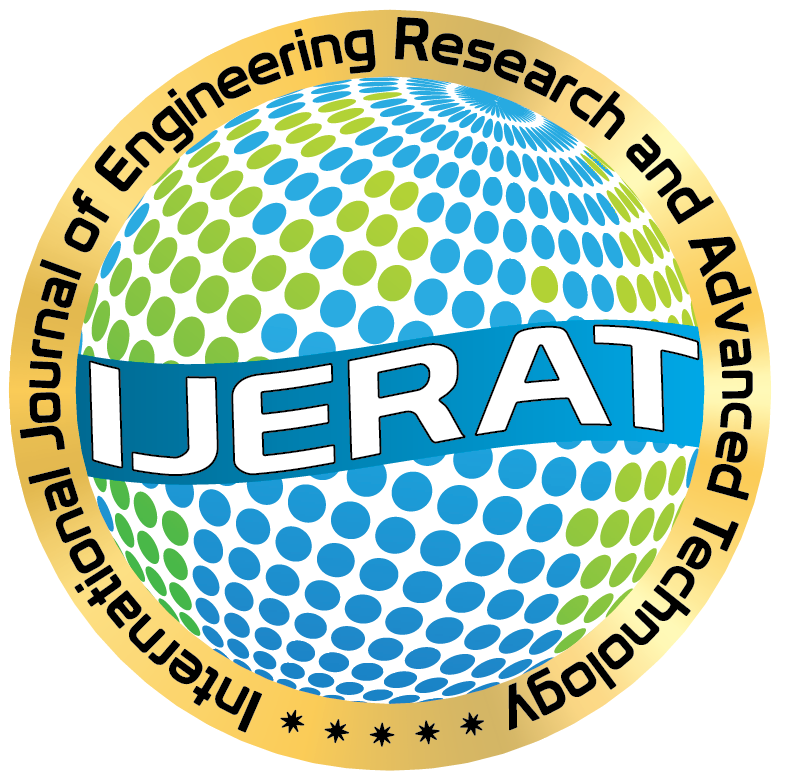Multimedia Mobile Application for Muslim Prayer Guide for Deaf Students
DOI:
https://doi.org/10.31695/IJERAT.2019.3365Keywords:
M-Sholuu, Multimedia, Mobile Application, Prayer Guide, Hearing LossAbstract
Children with hearing loss are children who have difficulty learning because they have limited language and communication. This limitation hinders them when they study. They need special methods, special media, and special teachers in learning. SLB B karnnamanohara students have difficulty in learning Muslim prayers (sholat and daily prayers). Almost all grade 2 elementary students cannot pronounce Muslim prayers. They need learning resources that are interesting and according to their needs. Muslim prayer guide mobile application that matches the characteristics of children with special needs. The aim of this study wasto build a multimedia mobile application for Muslim prayer guides for children with hearing loss. This application is called M- Shollu.. The method in this study consists of eight stages: data collection, data analysis, create storyboard, prototype design, prototype evaluation, create multimedia, multimedia evaluation, and user experience evaluation. This research has succeeded in designing and developing a multimedia mobile application for Muslim prayer guides for children with hearing loss (M-Sholuu). The evaluation was carried out by multimedia experts and SLB teachers from Carnamanara. The results of M-Sholuu's evaluation were 4.42, out of 5. The multimedia evaluation results carried out by multimedia experts were 4.17 on a scale of 5. The results of multimedia evaluations by Karnnamanohara SLBB teachers were 4.25 on a scale of 5. The user experience evaluation results were 4 , 52 on a scale of 5.
Downloads
Published
Issue
Section
License

This work is licensed under a Creative Commons Attribution-NonCommercial 4.0 International License.









